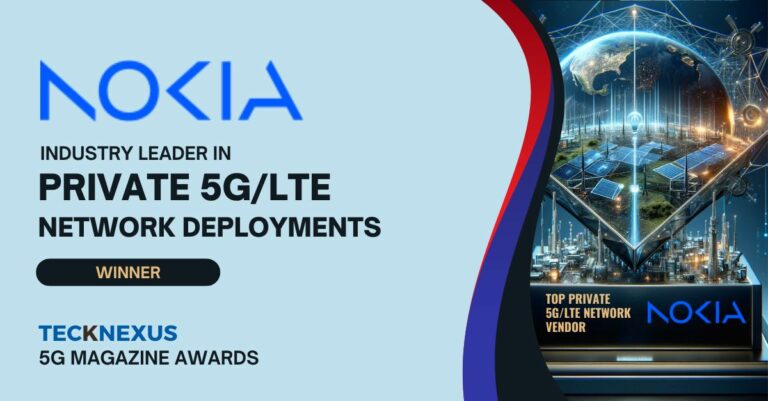Throughout the country, organizations are actively deploying OnGo networks for a variety of use cases, including enterprise private LTE networks in the 3.5 GHz CBRS band. Industries such as education, healthcare, manufacturing, transportation, retail, and more are using OnGo networks to address industry trends and challenges — e.g. Industry 4.0 in the industrial sector and distance-learning in education.
However, it’s important to recognize that as innovation within this new sector of the wireless market continues to grow, organizations must keep in mind certain factors to ensure the successful deployment, maintenance, and continuous improvements of a high-performing wireless network for business-critical use cases. From requirements and planning to design and installation strategies — let’s take a look at the necessary steps for deploying an OnGo-enabled private LTE network in the CBRS band.
Step 1: Gathering Requirements
The first step in any successful deployment requires a detailed understanding of the organization’s needs as well as the problems and challenges that it wishes to solve with an OnGo private LTE network. Organizations should begin by identifying the most critical use cases.
For instance, a smart building might flag internal communication among staff members or “dead zones” in elevators and hallways. Next, a designated networking team — or an OnGo service provider — can design a system to meet its specific needs.
For example, in commercial buildings, facilities might require several smart devices to monitor the building, specifically various support systems within the building that control its features (e.g. security, HVAC, and lighting).
Step 2: Survey & Planning
An organization should then estimate traffic needs within its network and determine the level of bandwidth required to support operations.
OnGo is ideally suited for when organizations either have: a lot of devices to control, operations that demand consistent performance, mission-critical reliance on mobility, multiple access points that are difficult to place, or a complex radio environment.
For smart buildings, staff members require access to data while working throughout the building. Which devices is the customer looking to support? What are their bandwidth requirements? Do they need to be mobile within the venue or static? How many devices are expected? Will coverage be needed outside the venue, e.g., in the parking lot?
Step 3: Design
Designing a private LTE network is where an organization’s requirement gathering, survey, and planning begins to come to life. This is where an organization must determine — or inquire for an integrated solution providers’ help to determine — where CBSDs are going, how they need to be configured, and the core network configuration.
At this stage, organizations should also select their vendors, or solution providers, of choice. A comprehensive list of vendors from all different parts of the OnGo ecosystem can be found in the OnGo Alliance directory. Continuing with our example of a smart building network deployment, most of the smart devices will be inside the building, with a few around the exterior perimeter of the building.
Step 4: Installation
The installation stage is exactly what you’d think — implementing the design created based on the findings from steps 1 and 2. At this point, the organization and its selected vendor(s) put the new private LTE network to the test, installing and configuring both CBSDs and the network core.
In a smart building, this would include installing any necessary hardware and ensuring consistent connectivity throughout the building to help support functions such as security cameras, communication devices, smart thermometers, lighting sensors, and more.
Step 5: Operation
Once installed, an organization can begin measuring the progress and value of its newly deployed private LTE network through key performance indicators (KPIs) such as uptime, dropped calls, energy usage, etc. To enhance KPI monitoring, organizations can also set up alarms and alerts to automatically notify management of any problems as well as set up automated actions to take place if an issue should occur.
For instance, in a smart building, an installed sensor can detect and measure energy usage in real-time to help increase energy efficiency and savings. If energy usage rises above a set threshold, the building management system can send an alert to management, so they can act accordingly. Most importantly, since the organization itself has control of its own network and spectrum, it can troubleshoot and make adjustments to the network as needed.
Looking forward
The COVID-19 pandemic encouraged many organizations to reevaluate their current operations and in turn, spurred the adoption of innovative technologies. As many organizations across industries continue to adopt these new technologies, connectivity will play a critical role in enhancing these digital transformations in a cost-effective manner.
While OnGo is definitely an opportunity for organizations to deploy their own high-performing, secure private network with reduced complexity and costs today. We are also looking forward to 5G private networks. The OnGo Alliance has already completed specifications that support OnGo configurations for 5G NR. This means that we will be seeing OnGo 5G networks in the near future on the widely available CBRS band.




























































